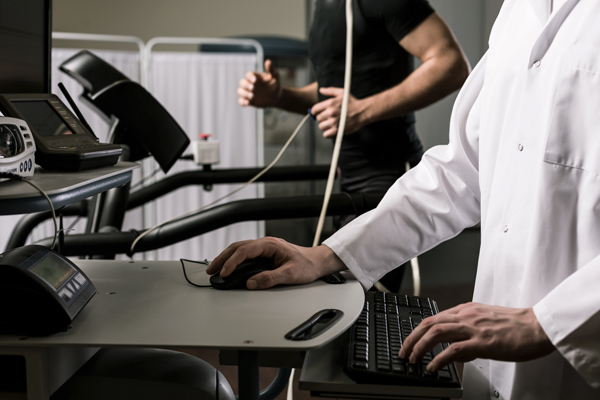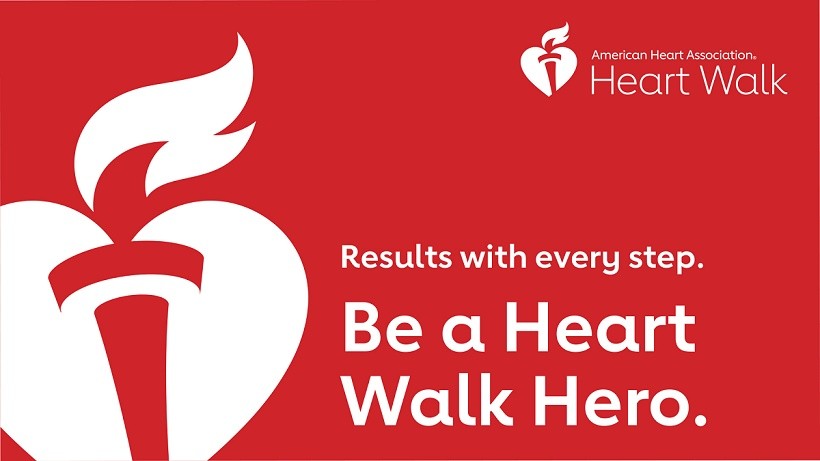![]()
Blog @ SunTech
Advice from the BP Measurement Experts
Regulatory Changes: Are you prepared?
 The regulatory world is changing. Countries are examining and changing the rules and regulations that govern the way businesses interact and make an impact. In the US, with his editorial article in the Wall Street Journal and his State of the Union Address, President Obama makes a clear message about government regulatory systems. He wants balance between commerce & safety, progress & common sense. Obama calls for regulations to be reviewed so that the US “(protects its) safety, health and environment while promoting economic growth.” While the call to update regulations is clear, the balance that is called for lies in a well-known, well-trodden, broad, gray area. It’s this same area that all countries are trying to define, regulate, and enforce for the good of their citizens.
The regulatory world is changing. Countries are examining and changing the rules and regulations that govern the way businesses interact and make an impact. In the US, with his editorial article in the Wall Street Journal and his State of the Union Address, President Obama makes a clear message about government regulatory systems. He wants balance between commerce & safety, progress & common sense. Obama calls for regulations to be reviewed so that the US “(protects its) safety, health and environment while promoting economic growth.” While the call to update regulations is clear, the balance that is called for lies in a well-known, well-trodden, broad, gray area. It’s this same area that all countries are trying to define, regulate, and enforce for the good of their citizens.
In the world of healthcare, there are many examples of effective treatments that countries have differing opinions about. For instance, Knowledge@Wharton reviews the story of Roche’s Avastin where the FDA has been conservative in its judgement on its effectiveness where the European equivalent body, EMA, has supported its use in certain cases. The changes that Obama calls for will help determine what kind of country America will be. And other countries are making similar changes with the same impacts. Each country asks, “Will our country be one that supports innovation, prosperity, and safety?” Although these characteristics are not mutually exclusive, what will be valued? What do the country’s citizens value? And what should a 21st-Century Regulatory System look like?
With regards to healthcare and medical devices in the US, it is the FDA’s 510(k) system that regulates the products and innovations that make it to the market in balancing these values. There is much discussion back and forth about whether the 510(k) system supports innovation and is adequately safe. Janet Moore, a writer for the Star Tribune, summarizes recent arguments on the subject. A system that supports innovation could decrease public safety. While innovations look to improve a patient’s condition and create results that were not possible before, there are risks to public safety in implementing these innovations.
And so what does this mean for the innovators, the device companies? Regardless of the changes to the FDA and its 510(k) process, there are already changes to international standards and regulations that need to be addressed. Change is the constant force that device companies must be able to deal with. With the third edition of IEC 60601, a standard governing the safety of medical electrical equipment, device companies will need to perform approximately four times the amount of work in order to prepare an application for conformance to the new standard which will be required by June 2012. This work includes seemingly straight-forward tasks like addressing new marking, product labeling, and documentation requirements as well as more complex electrical and mechanical requirements necessitating testing. Both straight-forward and complex requirements take time and energy to 1) understand their impact on a medical device company’s device and application and 2) implement the appropriate changes. Finally, a significantly more robust risk management process is a new and highlighted focus that all companies and specifically medical device companies in this standard are being asked for. With more changes to come, medical device companies need to prepare themselves appropriately.
Interested in getting more SunTech news, product info, as well as
tips, tricks, and insights from BP experts?
Sign up to get fresh content delivered direct to your inbox.


